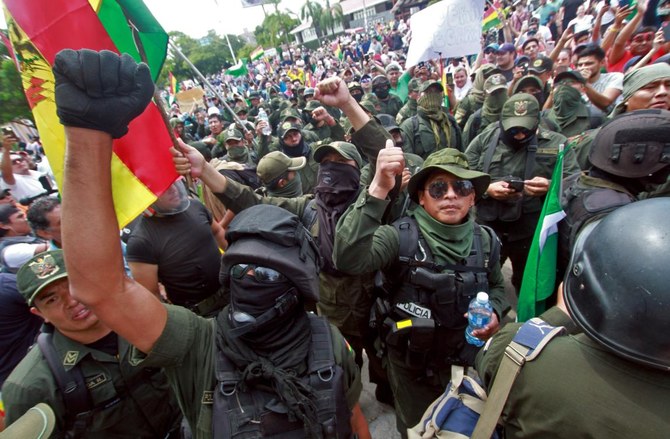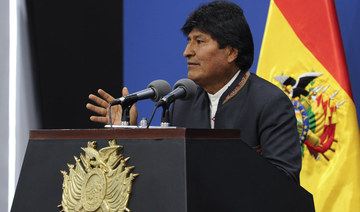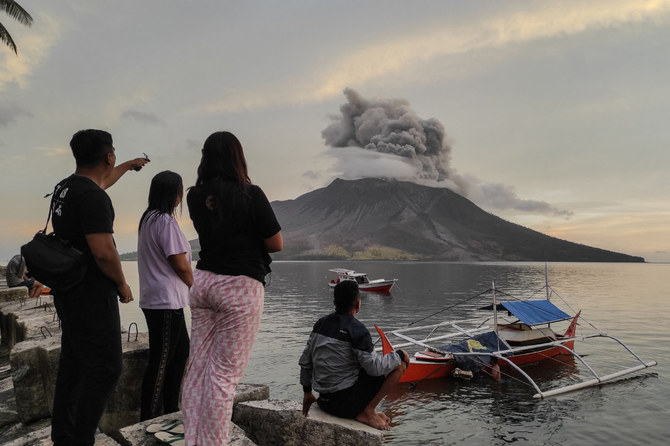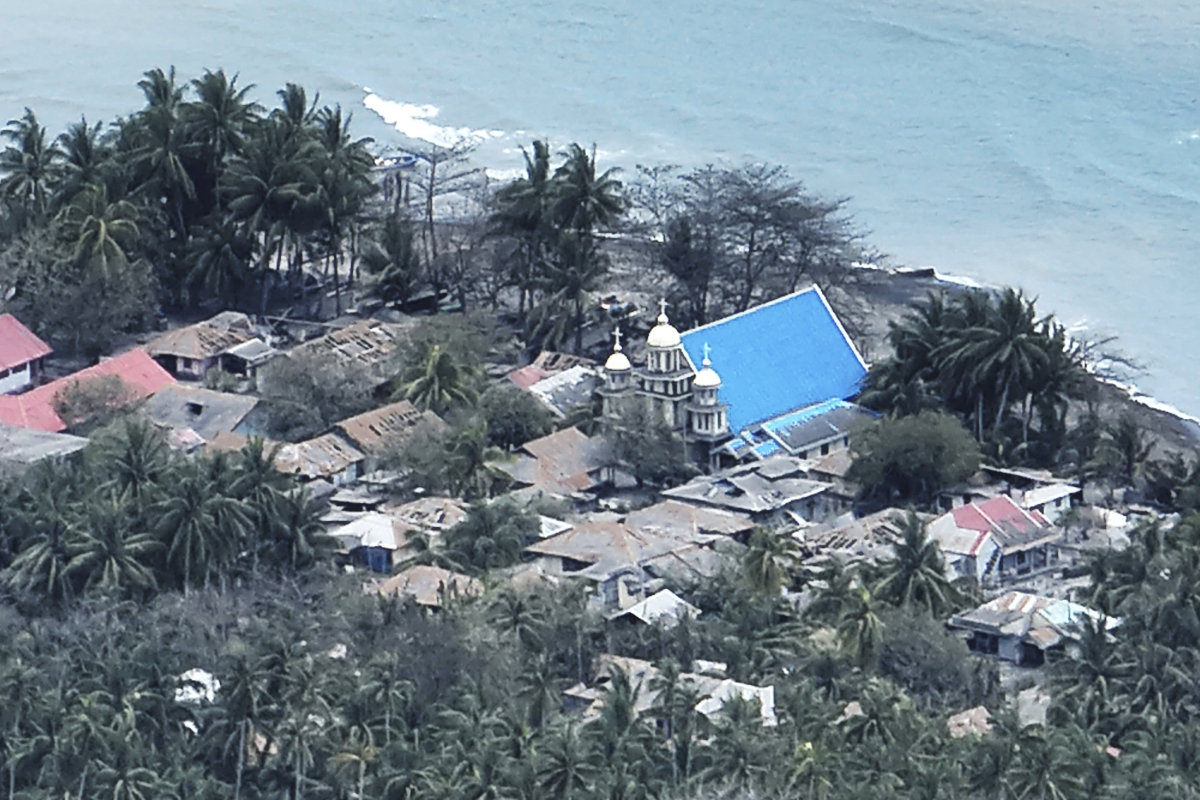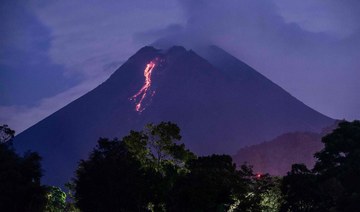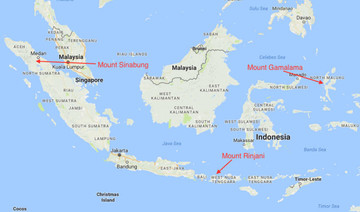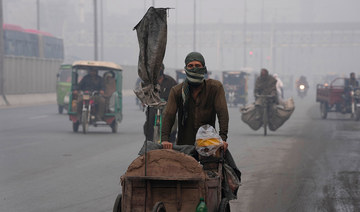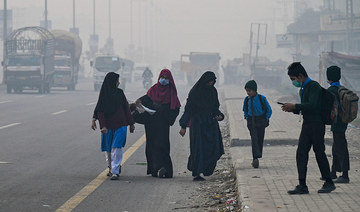LA PAZ, Bolivia: Police guards outside Bolivia’s presidential palace abandoned their posts Saturday, increasing pressure on President Evo Morales as he seeks to curb nationwide unrest after a disputed election.
Officers also climbed onto the roof of a nearby police station holding Bolivian flags and signs proclaiming “The Police with the People.” Police retreated to their barracks in at least three cities, and there were reports that some in two cities were openly declaring mutinies.
The president, who was not at the palace at the time and appeared later at a military airfield outside La Paz, urged police to “preserve the security” of Bolivia and obey the rules.
Growing dissension in police ranks posed a new threat to Morales, who claimed victory after the Oct. 20 vote but has since faced protests in which three people have been killed and hundreds injured. Opponents contend the results were manipulated.
Morales faces “the most complicated moment” in his 14 years in power and the situation could deteriorate, said Jorge Dulón, a political analyst at the Catholic University of Bolivia in La Paz.
Police units in some cities started protesting Friday, marching in the streets in uniform as anti-government protesters cheered them from the sidewalks.
Defense Minister Javier Zabaleta initially played down the police protests, saying a “police mutiny occurred in a few regions.”
Gen. Williams Kaliman, the military chief, said Saturday that the military had no plans to intervene.
“We’ll never confront the people among whom we live. We guarantee peaceful co-existence,” Kaliman said. “This is a political problem and it should be resolved within that realm.”
A list of demands from dissident police officers included better working conditions, the resignation of their commander and guarantees that they won’t be used as a political “instrument of any government.”
The spectacle of police leaving their positions outside the presidential palace was an ominous development for Morales.
At a news conference at the military base, Morales appealed to Bolivia’s political factions to hold talks. He said the four parties that received the most votes in the nine-candidate election should sit down with “an open agenda to pacify Bolivia.”
Carlos Mesa, the main opposition leader and a former president who finished second in the Oct. 20 vote, promptly rejected the suggestion.
“I have nothing to negotiate with Evo Morales, who has lost all grip on reality,” Mesa said.
Another opposition leader, Luis Fernando Camacho, said the president “is looking for exits, when people demand his resignation and call for new elections.”
While appealing for dialogue, Morales has also accused his opponents of trying to overthrow Bolivia’s rightful government.
The Organization of American States is conducting an audit of the election count. Findings are expected Monday or Tuesday. The opposition, which has alleged vote-rigging, says it will not accept the results because they were not consulted about the audit plan.
The European Union issued a statement Saturday calling for demonstrators to remain peaceful, saying a solution “can be achieved through peaceful negotiations.”
US Undersecretary of State for Western Hemisphere Affairs Michael Kozak echoed that view on Twitter: “Bolivian citizens deserve credible and transparent elections that they can trust to represent their will. We urge all actors to avoid violence and ensure that the forces of public order continue to exercise restraint.”
In the city of Santa Cruz, a stronghold for anti-Morales sentiment, hundreds of opposition supporters marched along with police mutineers.
“We do not want to be indifferent. The police are joining their people,” one officer said.
On the outskirts of La Paz, groups of pro- and anti-Morales activists clashed at a roadblock seeking to keep the president’s opponents out of the capital. More than 30 injuries were reported.
Various groups also marched through the city center, while a crowd gathered outside the Bolivia state television station and radio Patria Nueva accusing employees of lying to defend the government.
After the Oct. 20 vote, Morales, the country’s first indigenous president, declared himself the outright winner even before official results indicated he obtained just enough support to avoid a runoff with Mesa.
But a 24-hour lapse in releasing vote results raised suspicions among opposition supporters that there had been fraud.
Morales ran seeking re-election to a fourth term after refusing to abide by the results of a referendum that upheld term limits for the president. The country’s constitutional court then ruled term limits violated his right to run for office.



